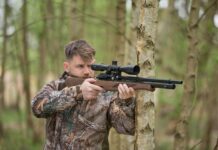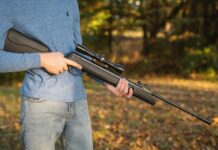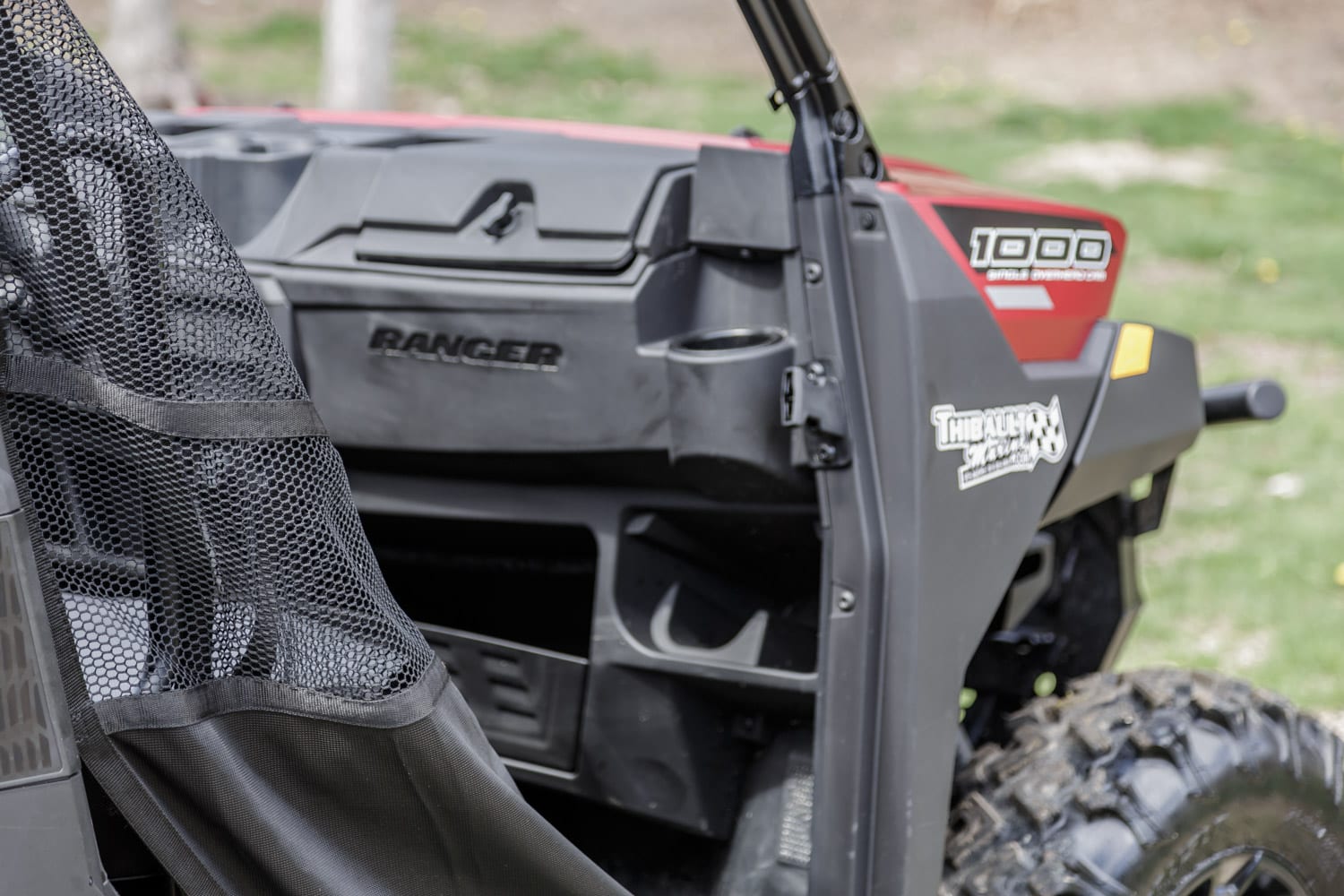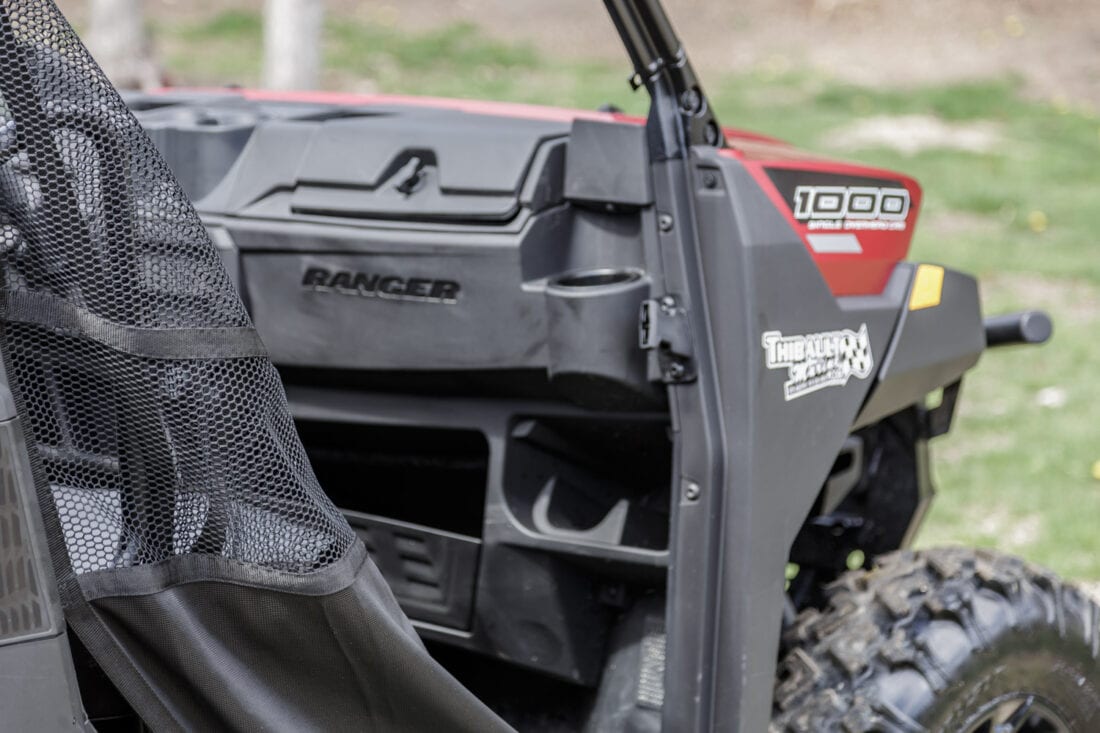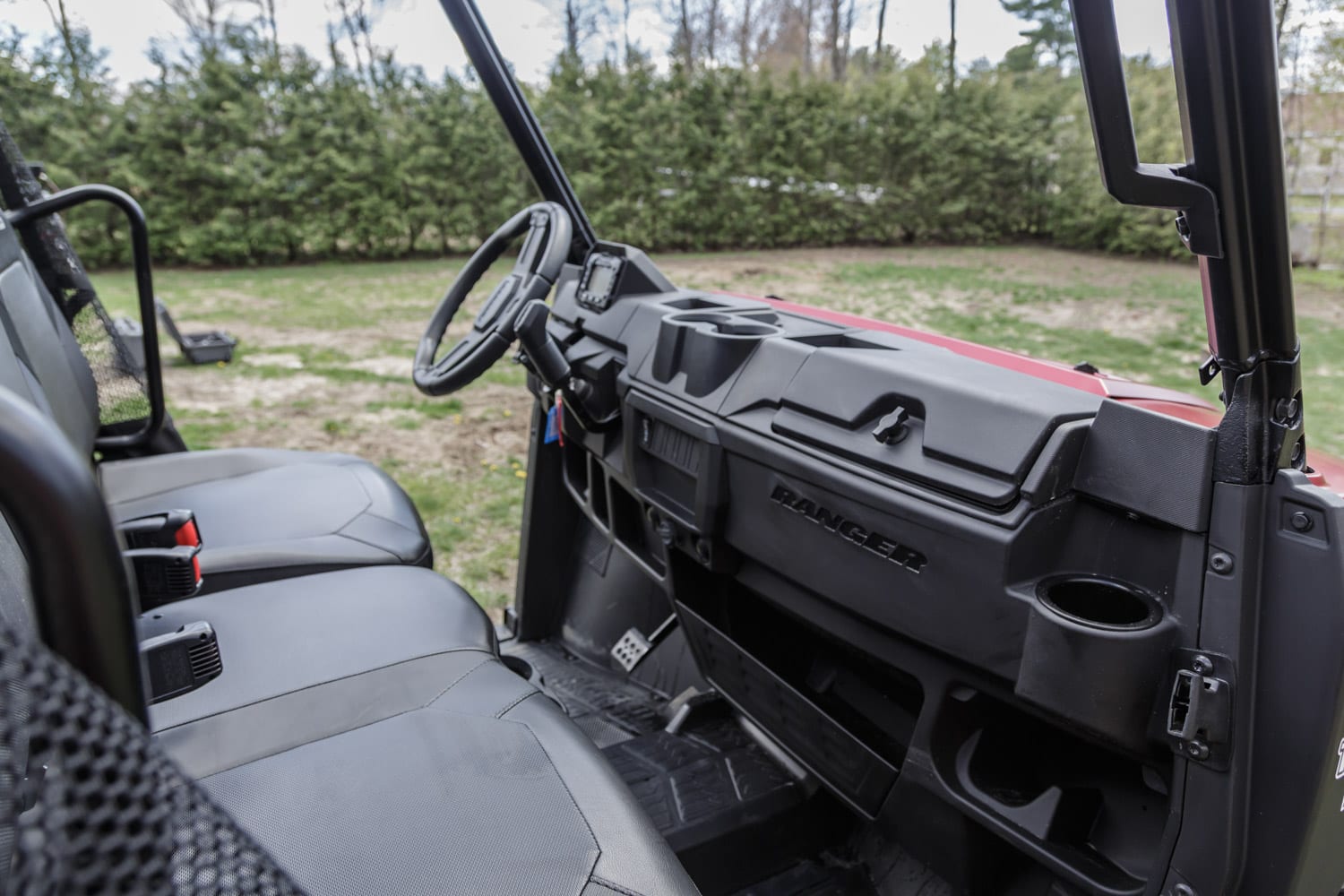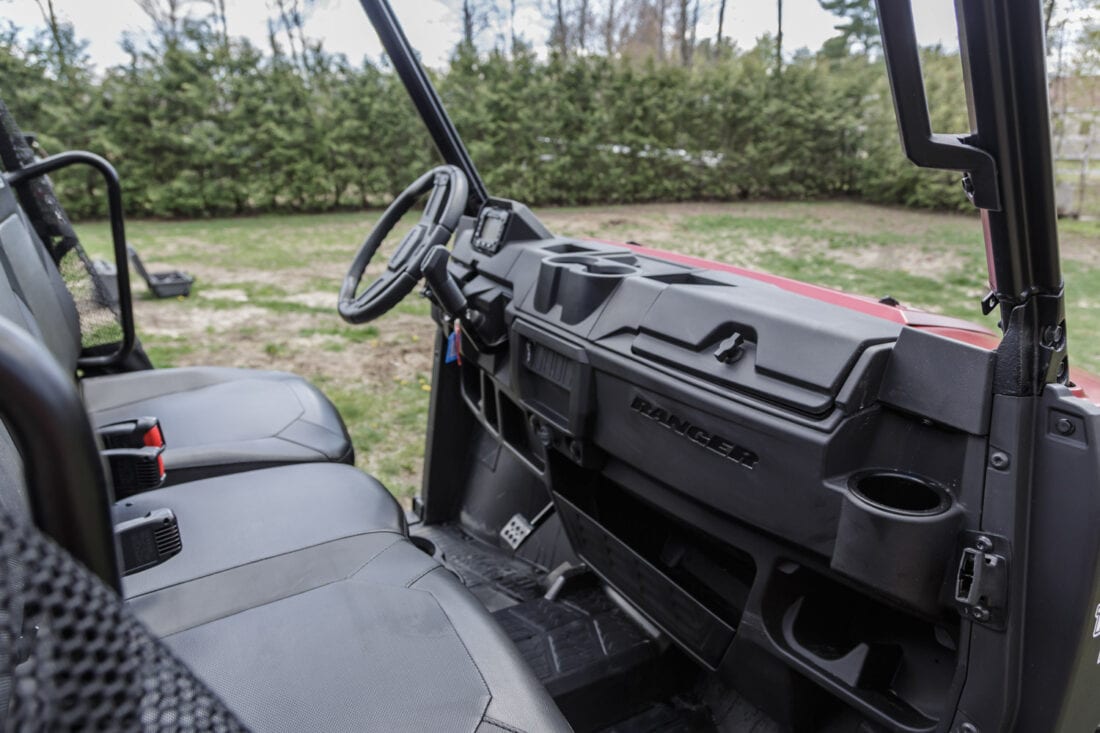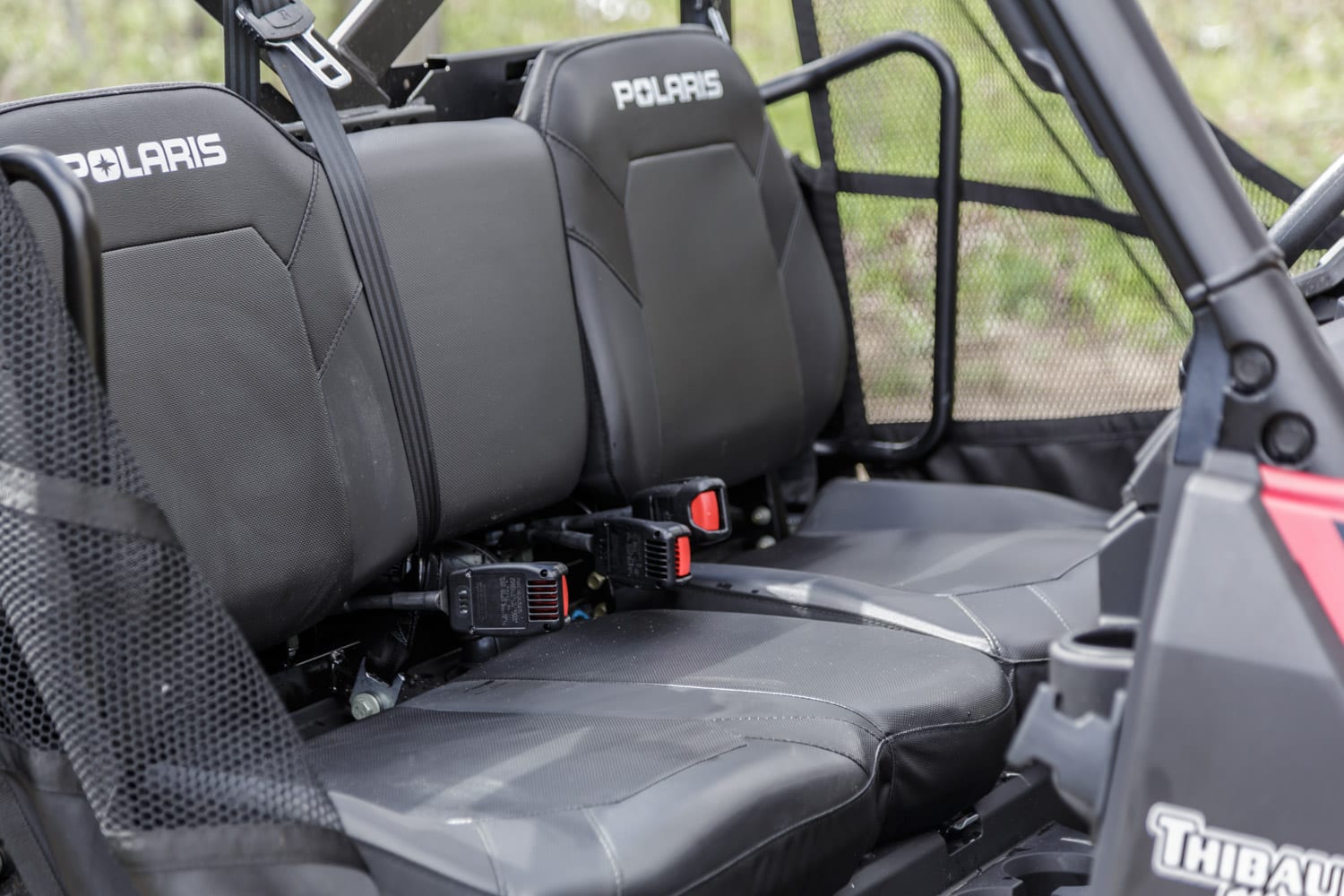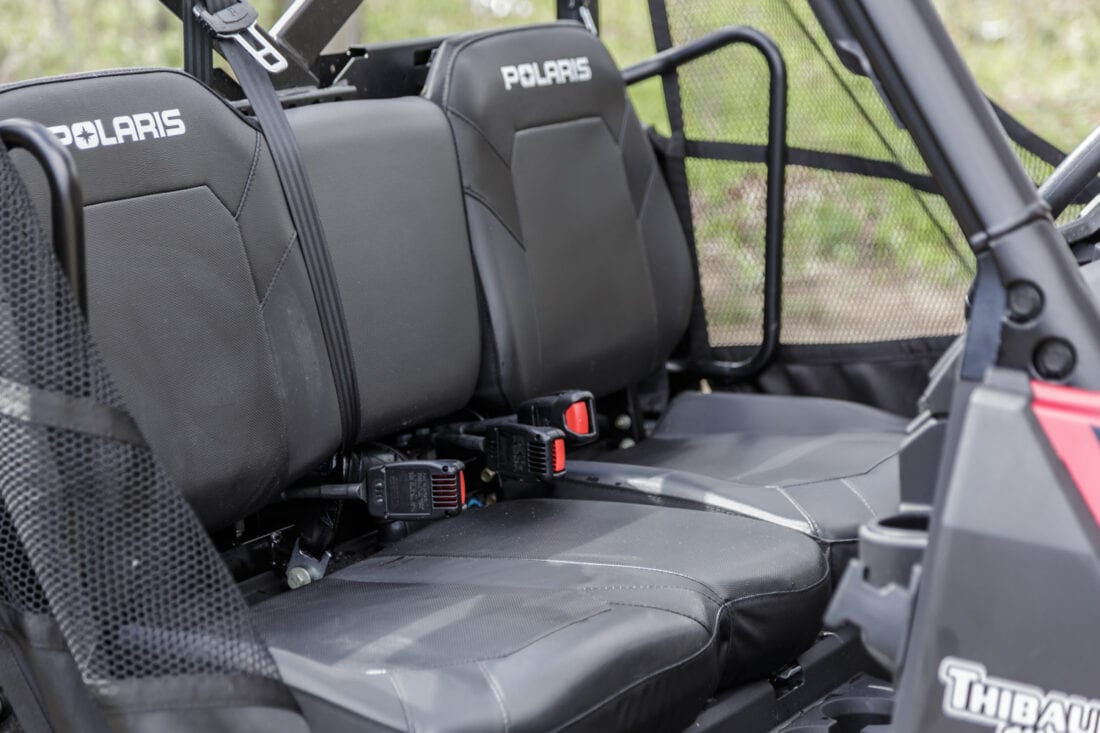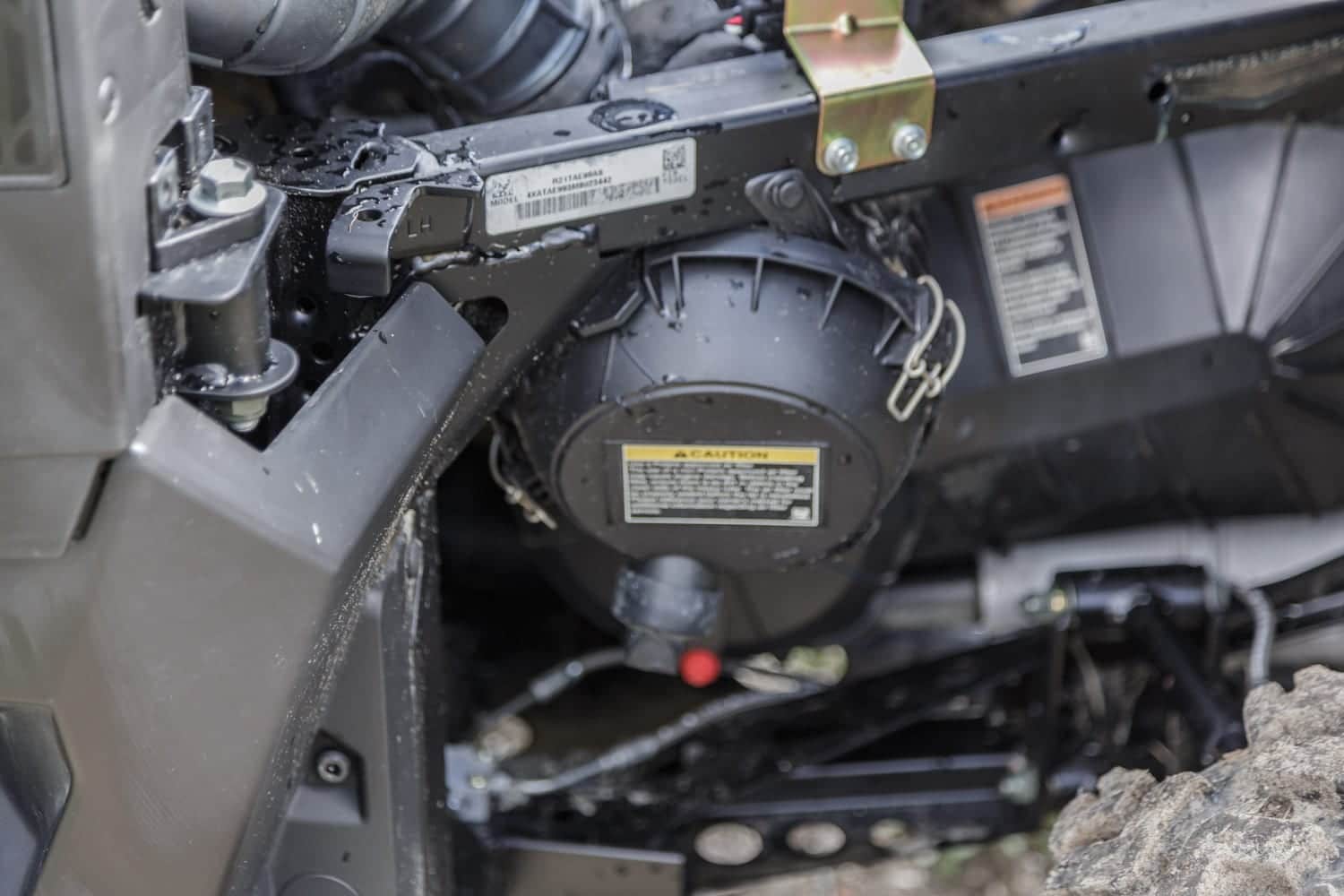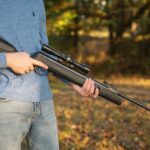The Polaris Ranger 900 may very well be the most popular UTV of all time. Polaris sold so many of them that when they made the jump to a Ranger 1000 XP, they kept the 900 in the lineup as a lower cost alternative. The continued strong sales of the machine made it clear that the company needed to keep a machine in that slot, but the 900 was in desperate need of some updates, especially when the 1000 XP had a major revision that carried it to the top of the class. The answer is the 2021 Ranger 1000, one of the smoothest UTVs we’ve driven.
Table of Contents
Clearing up the confusion
When Polaris unveiled the Ranger 1000, it caused some serious confusion as to what was going on in Minnesota. They had the Ranger 1000 XP, but now there was a new Ranger 1000 with less horsepower, a lower price and not as many variations as before? We asked a Polaris representative and he described it like a truck. You have one version of a truck with a basic setup and a smaller engine, and then you have the same truck that comes with more features, a bigger engine and a higher price. There’s a demand for both kinds of trucks, and there’s a similar demand for two versions of the Ranger.

The two Rangers share the same frame, have similar bodywork and a similar suspension design. In fact, much of the machine is similar to its big brother. But the engine is different. The Polaris rep added that they setout to see how they could retain aspects of the 900 engine but ended up creating a completely new motor. The Ranger 1000’s motor, like the XP version, is a 999cc Prostar twin, but the internals are different. The major thing you’ll notice is that the 1000 produces 61 horsepower compared to the XP’s 82 horsepower. Delivery is also strikingly different. While the XP delivers a snappy power curve that makes it fun to trail ride with as well as work, the Ranger 1000 motor feels almost electric. It is very smooth with the power delivery and it is perfect for work around the farm or property, while still being perfectly suited to cruising the trails.
One other thing about the difference between the two machines that will surprise you. Anyone who has ever ridden in a Ranger 1000 XP knows how quiet it is. It is so legendary for how quiet it is that other manufacturers use it as the benchmark for how quiet they try to get their machines to be. The only one we’ve known that came close is the Yamaha Wolverine X4, that is, until now. The Ranger 1000 is even better than the XP at being a quiet riding machine. You can set off on a trail ride and have a pleasant conversation with your passengers without trying to compete with the volume of the machine.
In the field report
To test out the machine, we set out to find as many scenarios as we could to try it in a real setting where you’d find it. We headed over to a farm and got to work to start things off. We loaded up some feed bags and set out to take care of the animals. We didn’t come as close as we would have liked to meeting the Ranger’s 1,000-pound bed capacity. What we did load up didn’t tax the machine in any way. Like we said before, the machine is super quiet too, so no stampedes were caused. We hooked up a trailer to the machine’s 2-inch receiver hitch and actually towed a small tractor that brought us right to the 2,500-pound towing capacity with the trailer counted in too. The added tongue weight had us grabbing the spanner wrench for the rear shocks, but a few clicks and we were all good. You do feel the weight behind you when you’re trying to power along, but it handled it without causing us concern. A word to the wise, never tell a farmer you really want to see how a machine handles doing a day of normal farm chores. In the end, we got a good idea of how well the Ranger 1000 could handle the work, the farmer got a free day’s labor for us and we slept really well when we got home.
Next up, we set out for a combined trail ride and to check out some spots for hunting season. We had a chainsaw and some other gear we threw in the bed to clean up some brush but ended up using it to clear the trail from a downed tree. Now, we’ve actually used a couple of different Ranger 1000 models, and one came with a Polaris Pro 4,500 winch. If you buy a Ranger, make sure you get one of these. The pro model comes with synthetic rope and they have a rapid return function that reels the line back in super fast after you’re done with it. We winched the tree out without any issues, and the wireless remote is a big help, too.
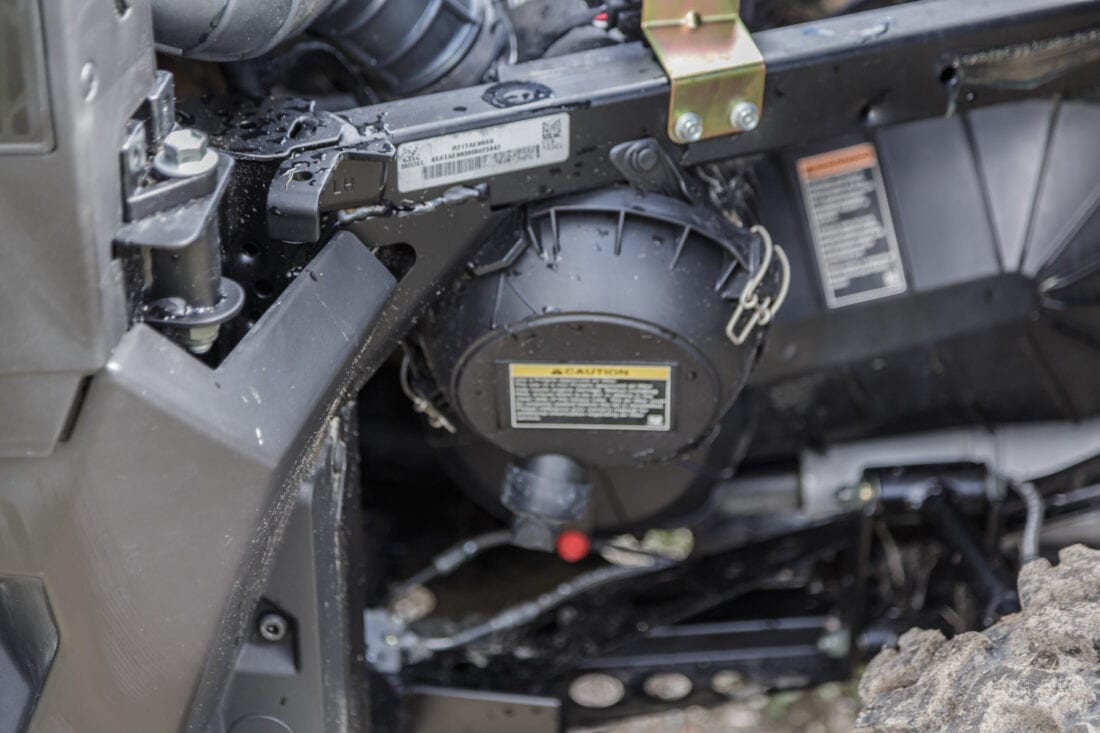
While on the trail, we did notice that if you want to take the speed up a bit, you’ll find yourself wanting the XP model. The upper range of the power of the Ranger 1000 feels almost governed. It doesn’t cut out or anything, it just reaches its limit, and the machine is so smooth that as you’re hauling along, you’ll run out. It’s the side of us that loves speed and going fast down the trails. We know that there will be those of you that are attracted to the lower price tag and feel of the machine but will find yourself wanting more ponies when you initially thought you’d be happy with what the machine has to offer. That’s a small group of you, but you’re out there. We get it.
One really fun feature, and this is the same with the XP, too. If you plan to or need to use the machine to plow snow, you’re in for a treat. Polaris’ plow system connects right to the frame and can be driven on to. From there, plowing is so easy that it’s fun. You’ll be impressed with how much snow you can push, and the stock 26-inch Polaris PXT tires are pretty basic but get pretty good traction.
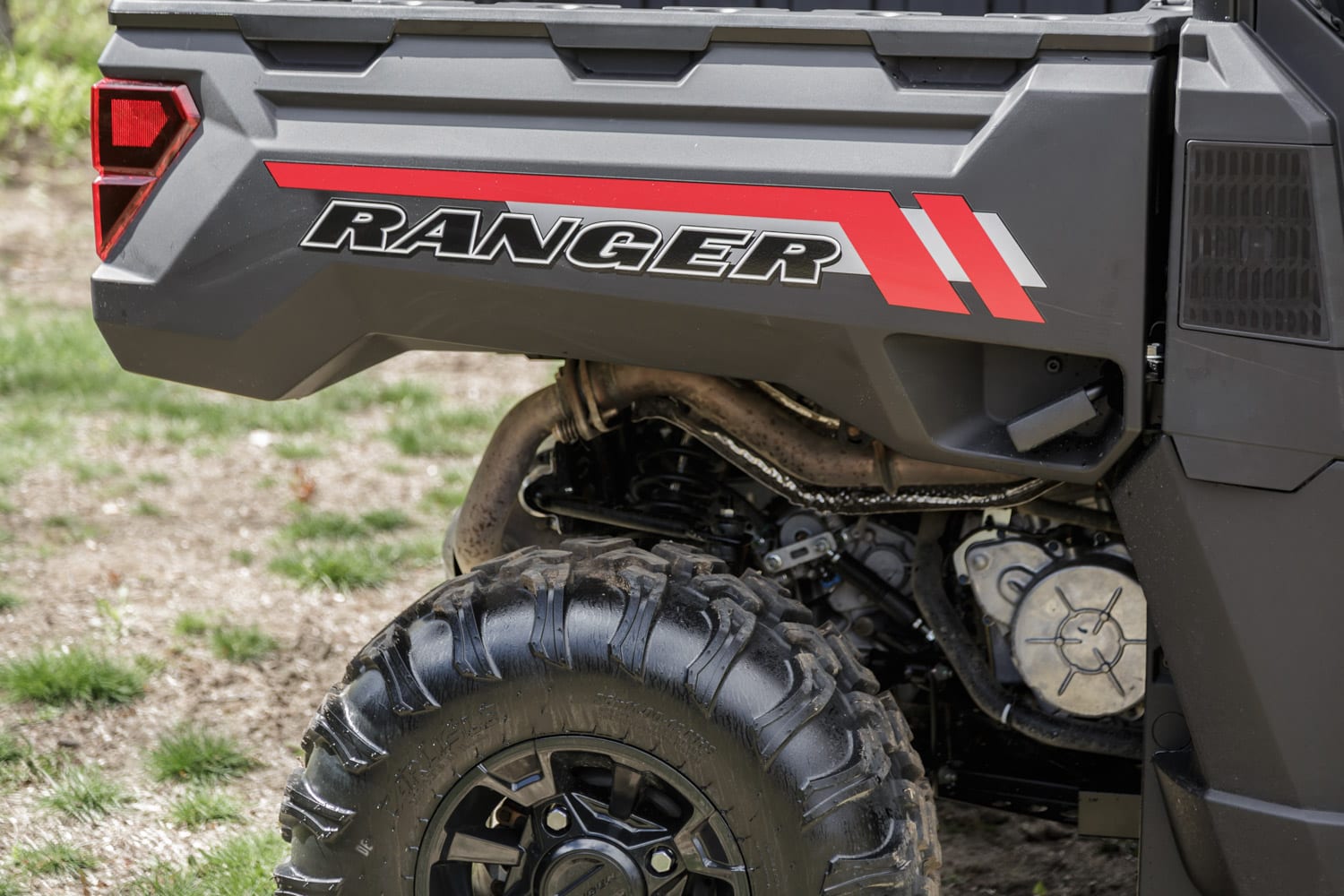
Should you buy one?
If you don’t need the added horsepower and/or package offerings of the XP 1000, the Ranger 1000 is a great machine. It is leaps and bounds better than the 900 it replaces and fits it’s intended audience perfectly. It is such a smooth machine that you’ll find yourself truly enjoying it and using it more than you even intend to. If you ae looking for a new Ranger, ask yourself what you need, because the answer may very well be the 2021 Polaris Ranger 1000.

